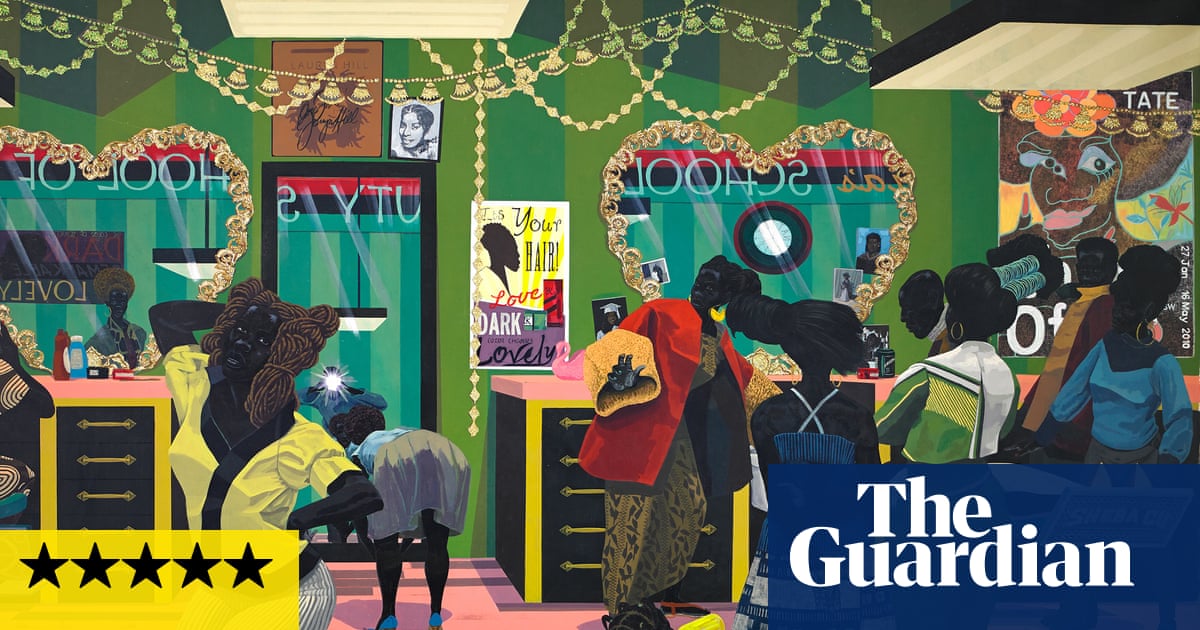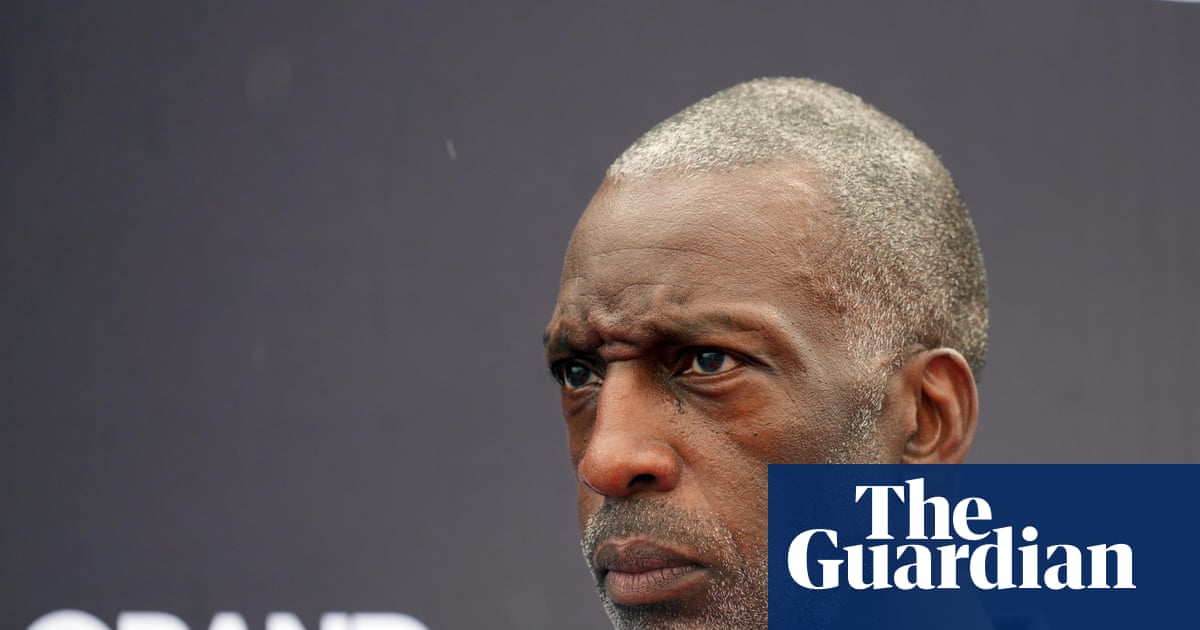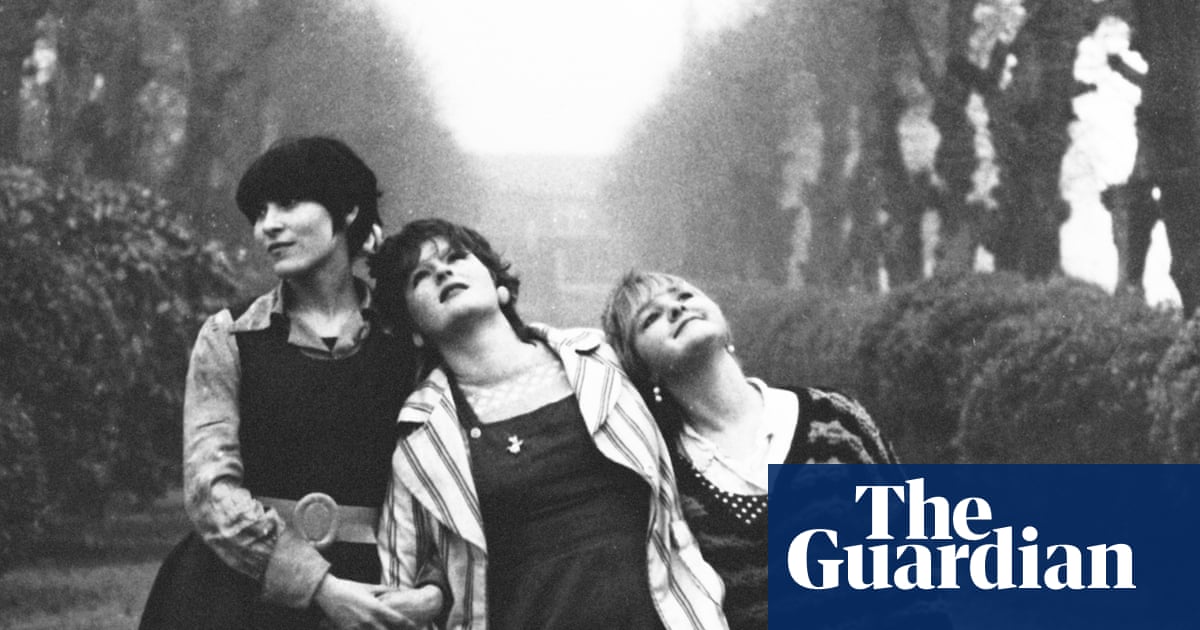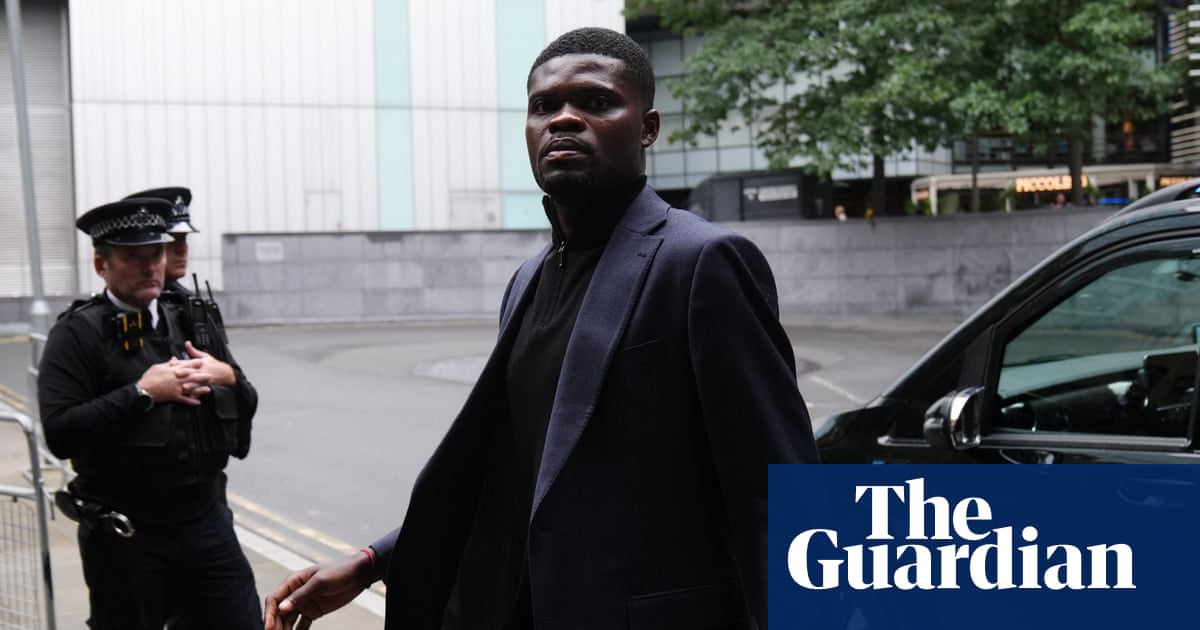“What if I could write about my life exactly as it was?” the teenage narrator of Edmund White’s A Boy’s Own Story wonders. “What if I could show it in all its density and tedium and its concealed passion, never divined or expressed?” Published in 1982, A Boy’s Own Story was hailed as one of the first coming-out novels, and its author, who died aged 85 last week, as a great pioneer of gay fiction.
This auto-fiction relates White’s privileged adolescence in 1950s Chicago, his struggles with his sexuality and search for a psychoanalytical “cure”. In its extraordinary candour about sex – a hallmark of White’s prodigious career – the novel remains startling today. It arrived at a pivotal moment in gay history: after the hope of the Stonewall uprising and just before the devastation of Aids, both of which White documented in what became an autobiographical trilogy with The Beautiful Room is Empty (1988) and The Farewell Symphony (1998).
Lancashire in the 1970s might seem a world away from the American midwest two decades earlier, but Jeanette Winterson’s account of her miserable childhood in Oranges Are Not the Only Fruit was similarly groundbreaking when it was first published in 1985. Forty years later, plans are under way for an RSC musical version next year. “Why be happy when you could be normal?” her adoptive mother, Mrs Winterson, an evangelical Pentecostal Christian, demands, when she catches the teenage Jeanette in bed with another girl.
It doesn’t get much more mainstream than a musical. But, as Winterson told the audience at the Hay literary festival last weekend, the BBC’s Bafta-winning 1990 adaptation was a “very brave” move after Section 28. “It really shook up TV at that moment,” she said.
Now another BBC adaptation is shaking up TV. What It Feels Like for a Girl (the title is a 2000 Madonna song), based on Paris Lees’ 2021 memoir, powerfully shows what it meant to be a transgender teenager in the Midlands in the noughties. This personal story has once again landed at a time of intense public reckoning over LGBTQ+ rights.
What It Feels Like for a Girl might be recent history, but, with ominous nods to a nascent internet, it is still a period piece. It is pre-social media and what Jonathan Haidt, in his book The Anxious Generation, has called “the great rewiring of childhood”. Where once young people read to discover they were not alone, now they scroll.
Each of these coming-out stories is rooted in a specific time and place. They are about class as well as sex, the salvation of books and music as well as romance. They are about loneliness, desire and a longing for escape – being a teenager, in short. Despite heartbreaking scenes of abuse and pain, they are also bursting with excitement. One of the conditions of youth is that one’s “own story” feels like the only story. This is why the coming-of-age narrative endures.
In our digital age of toxic masculinity and intolerance, these memoirs call for truthfulness and compassion. They are reminders of the fragility of progress. “If gays have gone from invisibility to ubiquity and from self-hatred to self-acceptance,” White wrote in his last book, The Loves of My Life, published in January, “we should recognize we’re still being pushed off cliffs in Yemen – and from the top fronds of Florida palms, for all I know.”
-
Do you have an opinion on the issues raised in this article? If you would like to submit a response of up to 300 words by email to be considered for publication in our letters section, please click here.

 3 months ago
158
3 months ago
158

















































